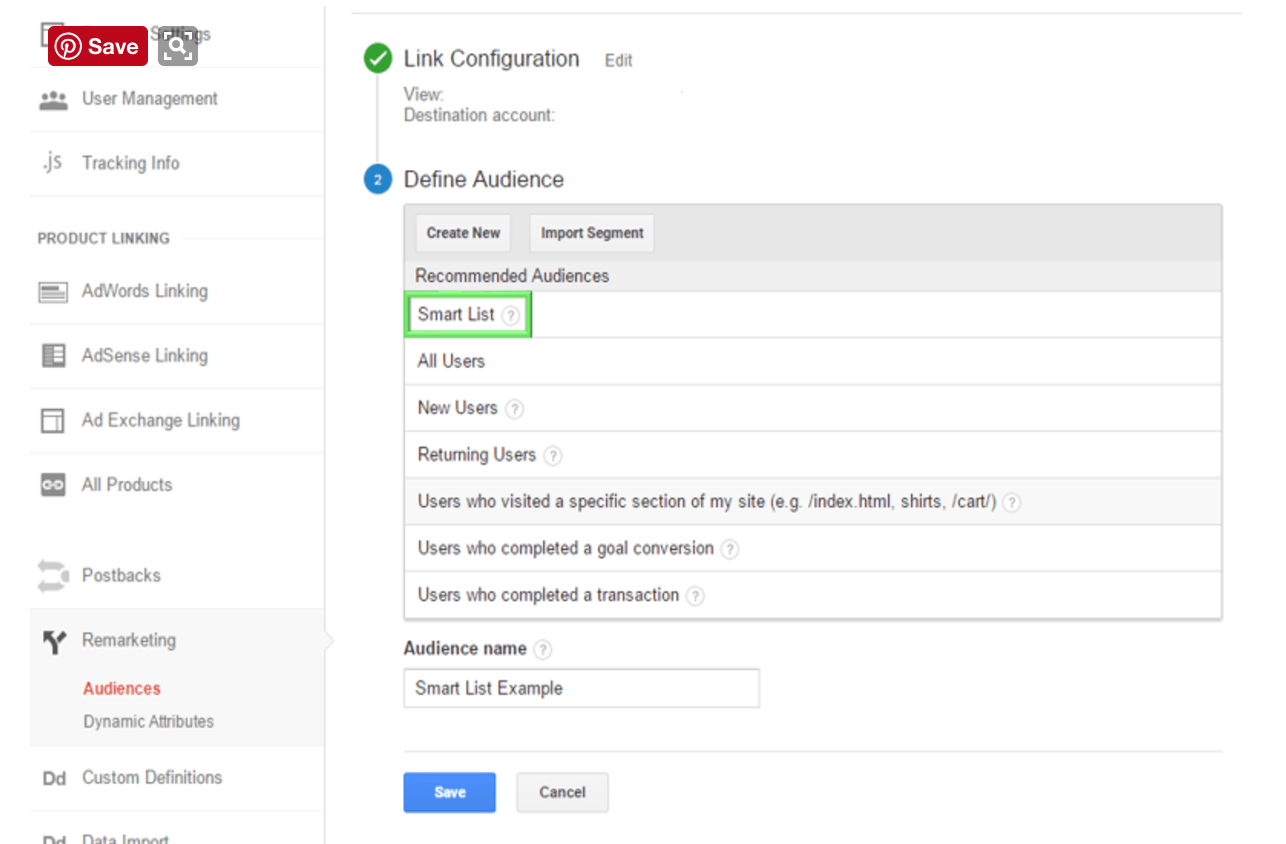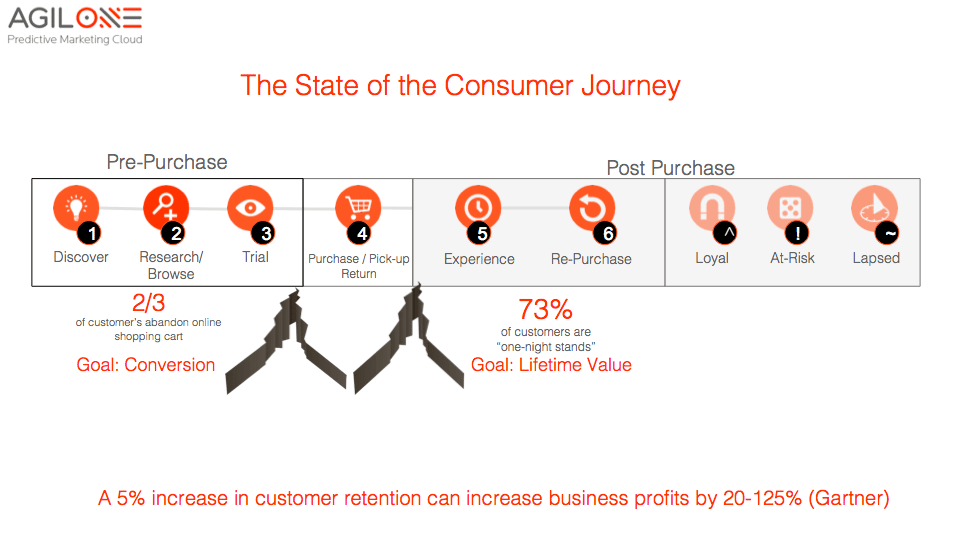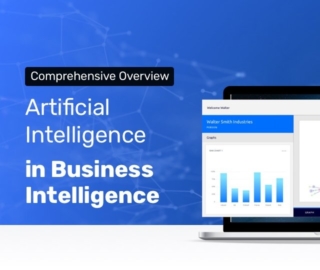
When businesses make investments in new technologies, they usually do so with the intention of creating value for customers and stakeholders and making smart long-term investments. This is not always an easy thing to do when implementing cutting-edge technologies like artificial intelligence (AI) and machine learning. Business intelligence case studies that show how these technologies have been leveraged with results are still scarce, and many companies wonder where to apply machine learning first (a question at the core of one of Emerj’s most recent expert consensuses.)
Artificial intelligence and machine learning have certainly increased in capability over the past few years. Predictive analytics can help glean meaningful business insights using both sensor-based and structured data, as well as unstructured data, like unlabeled text and video, for mining customer sentiment. In the last few years, a shift toward “cognitive cloud” analytics has also increased data access, allowing for advances in real-time learning and reduced company costs. This recent shift has made an array of advanced analytics and AI-powered business intelligence services more accessible to mid-sized and small companies.
In this article, we provide five case studies that illustrate how AI and machine learning technologies are being used across industries to help drive more intelligent business decisions. While not meant to be exhaustive, the examples offer a taste for how real companies are reaping real benefits from technologies like advanced analytics and intelligent image recognition.
1 – Global Tech LED:Google Analytics Instant Activation of Remarketing

Company description: Headquartered in Bonita Springs, Florida, Global Tech LED is a LED lighting design and supplier to U.S. and international markets, specializing in LED retrofit kits and fixtures for commercial spaces.
How Google Analytics is being used:
- Google Analytics’ Smart Lists were used to automatically identify Global Tech LED prospects who were “most likely to engage”, and to then remarket to those users with more targeted product pages.
- Google’s Conversion Optimizer was used to automatically adjust potential customer bids for increased conversions.
Value proposition:
- Remarketing campaigns triggered by Smart Lists drove 5 times more clicks than all other display campaigns.
- The click-through rate of Global Tech LED’s remarketing campaigns was more than two times the remarketing average of other campaigns.
- Traffic to the company’s website grew by more than 100%, and was able to re-engage users in markets in which it was trying to make a dent, including South Asia, Latin America, and Western Europe.
- Use of the Conversion Optimizer allowed Global Tech LED to better allocate marketing costs based on bid potential.
2 – Under Armour: IBM Watson Cognitive Computing

Company description: Under Armour, Inc. is an American manufacturer of sports footwear and apparel, with global headquarters in Baltimore, Maryland.
How IBM Watson is being used:
- Under Armour’s UA Record™ app was built using the IBM Watson Cognitive Computing platform. The “Cognitive Coaching System” was designed to serve as a personal health assistant by providing users with real-time, data-based coaching based on sensor and manually input data for sleep, fitness, activity and nutrition. The app also draws on other data sources, such as geospatial data, to determine how weather and environment may affect training. Users are also able to view shared health insights based on other registered people in the UA Record database who share similar age, fitness, health, and other attributes.
Value proposition:
- The UA Record app has a rating of 4.5 stars by users; based on sensor functionality, users are encouraged (via the company’s website and the mobile app) to purchase UA HealthBox devices (like the UA Band and Headphones) that synchronize with the app.
- According to Under Armour’s 2016 year-end results, revenue for Connected Fitness accessories grew 51 percent to $80 million.
3 – Plexure (VMob): IoT and Azure Stream Analytics
Company description: Formerly known as VMob, Plexure is a New Zealand-based media company that uses real-time data analytics to help companies tailor marketing messages to individual customers and optimize the transaction process.
How Azure Stream Analytics is being used:
- Plexure used Azure Stream to help McDonald’s increase customer engagement in the Netherlands, Sweden and Japan, regions that make up 60 percent of the food service retailer’s locations worldwide.
- Azure Stream Analytics was used to analyze the company’s stored big data (40 million+ endpoints) in the cloud, honing in on customer behavior patterns and responses to offers to ensure that targeted ads were reaching the right groups and individuals.
- Plexure combined Azure Analytics technology with McDonald’s mobile app, analyzing with contextual information and social engagement further customize the user experience. App users receive individualized content based on weather, location, time of day, as well as purchasing a and ad response habits. For example, a customer located near a McDonald’s location on a hot afternoon might receive a pushed ad for a free ice cream sundae.
Value proposition:
- McDonald’s in the Netherlands yielded a 700% increase in customer redemptions of targeted offers.
- Customers using the app returned to stores twice as often and on average spent 47% more than non-app users.
4 – Coca-Cola Amatil: Trax Retail Execution

Company description: Coca-Cola Amatil is the largest bottler and distributor of non-alcoholic, bottled beverages in the Asia Pacific, and one of the largest bottlers of Coca-Cola products in the region.
How Trax Image Recognition for Retail is being used:
- Prior to using Trax’s imaging technology, Coca-Cola Amatil was relying on limited and manual measurements of products in store, as well as delayed data sourced from phone conversations.
- Coca-Cola Amatil sales reps used Trax Retail Execution image-based technology to take pictures of stores shelves with their mobile devices; these images were sent to the Trax Cloud and analyzed, returning actionable reports within minutes to sales reps and providing more detailed online assessments to management.
Value proposition:
- Real-time images of stock allowed sales reps to quickly identify performance gaps and apply corrective actions in store. Reports on shelf share and competitive insights also allowed reps to strategize on opportunities in store and over the phone with store managers.
- Coca-Cola Amatil gained 1.3% market share in the Asia Pacific region within five months.
5 – Peter Glenn: AgilOne Advanced Analytics

Company description: Peter Glenn has provided outdoor apparel and gear to individual and wholesale customers for over 50 years, with brick-and-mortar locations along the east coast, Alaska, and South Beach.
How AgilOne Analytics is being used:
- AgilOne Analytics’ Dashboard provides a consolidated view across online and offline channels, which allowed Peter Glenn to view trends between buyer groups and make better segmentation decisions.
- Advanced segmentation abilities included data on customer household, their value segment, and proximity to any brick-and-mortar locations.
- Peter Glenn used this information to launch integrated promotional, triggered, and lifecycle campaigns across channels, with the goal of increasing sales during non-peak months and increasing in-store traffic.
Value proposition:
- Once AgilOne’s data quality engine had combed through Peter Glenn’s customer database, the company learned that more than 80% of its customer base had lapsed; they were able to use that information to re-target and re-engage stagnant customers.
- Peter Glenn saw a 30% increase in Average Order Value (AOV) as a result of its automated marketing campaigns.
- Access to data points, such as customer proximity to a store, allowed Peter Glenn to target customers for store events using advanced segmentation and more aligned channel marketing strategies.
Image credit: DSCallards







